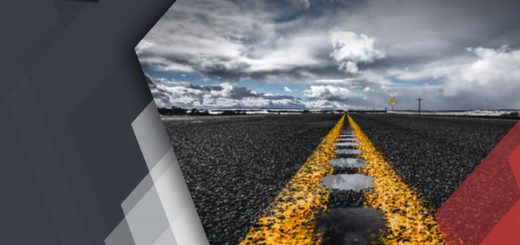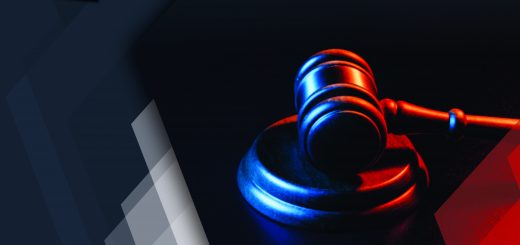Exception of Patent Infringement
According to the current scenario of information based running economy, the comprehension of Intellectual Property Rights (IPRs) is significant to advance development and development of the nation. In spite of such prominence of IPRs, few people still see it as an obstruction in the development of advancement and innovation. The discussion on different types of IPRs ranging from general to scholarly discussions occur on various themes as biotechnology, horticulture, mechanical arrangement, training, broad communications, conventional learning, medicinal gadgets, nourishment security, and stimulation.
The presence of IPRs in the zones of human advancement has made it basic to avail the advantages and encumbrances it conveys. It is for these reasons each nation has proposed the theory of exemptions to patent rights and other related rights to utilize IPRs as a device for their feasible advancement. Many nations have given consent to the World Trade Organization’s Agreement on Trade-Related Aspects of Intellectual Property Rights (TRIPS),which has enabled every member country to provide broader range of security to the protected innovation. Further the Exception of rights has been included to Article of TRIPS stating that Member Countries may give constrained special cases to the patent rights given by a patent, given that such exemptions don’t preposterously conflict with a typical misuse of the patent and don’t irrationally prejudice the good interests of the patent proprietor, assessing the true interests of third parties.
Prior-use Exemption
The exclusive right provided by a patent incorporates financial incentive for innovation at one hand, and on the other hand, the rights result into a monopoly. The monopolies of process or product which are quite expensive and often result into constrict production or utilization of a product which is valuable to mankind. Thus many nations offer an exchange between incentive to the trend-setters, and restricted access and expenses to buyers.
This exclusion is known as Bolar Provision and is made exception to patent rights that enable the makers of generic medications to attempt steps of improvement and submission of information required for acquiring advertising endorsement across globe in regard of a protected item without the assent of the patentee. Few nations allow the generic medication makers to utilize the innovation of a licensed drug to generate information and to show bioequivalence that would aid the regulatory or advertising endorsement of the generic item, while the patent is still active.
This provision also enables the makers to market and produce their products immediately after the patent term terminates. In any case, the exemption does not take into consideration the utilization of protected medication to acquire the permit to produce and distribute the genric medication before the expiry of the term of patent.
Scientific Use Exception
This is a general known exemption to patent rights. This type of trial allows the outsiders/public to perform test or scientific activities for identifying the topic of the patent without tampering with the patent holder’s rights. The experimental utilization exception incorporates that the issue of a patent either for any item or process, in regard of whichever the patent is obtained, might be made or utilized by any individual or a party for the reason of trial or research including the communication of instruction to students.
Exhaustion of Patent Rights
The Doctrine of Exhaustion or First Sale Doctrine alludes to the exhaustion of the privileges of the patent holder once the licensed creation is sold with no limitation. According to this Doctrine, the primary unhindered sale of a protected product depletes the patentee’s control over that specific product.
The justification behind the exhaustion of the rights upon the sale of the protected product is that, by the first sale of the patent creation, the patent holder has officially utilized the rights to avert others from making, utilizing, selling, offering for commercialization in the territory of patent issued or bringing an innovation into the region of patent issue and thus has received the rewards given by a patent.
Foreign Vessels, Aircraft or Land Vehicles Exception
According to the Paris Convention, rights provided by a patent might not reach out to the utilization of the protected creation on board of vessels when such vessels briefly or incidentally enter the waters, gave that the development is utilized only for the requirements of the vessel.
The patent rights are not infringed when the protected creation is utilized solely for the necessities of foreign vessels, aircraft, or land vehicles and different accessories, when such foreign vessels, flying machine, or land vehicles briefly or incidentally comes into the nation’s territory.
The expression “temporarily” incorporates the coincidental and unintended section as well as the purposeful and customary going into a port, given that the vessels, flying machine, or land vehicles does not remain forever in the regional waters or the region of the nation. This special case is advantageous in encouraging continuous worldwide travel and diminishing pressures between nations over the treatment of vessels flying their banner.
Private and Non-business Use Exception
The rights provided by a patent don’t permit private utilization or monopoly over business action. In the event that a patentee is neither utilizing nor distributing the innovation for benefit, the Government has the ability to give a permit, known as Compulsory License (CL), to an outsider to utilize the protected creation in order to confine the privileges of the patentee with the objective of averting the mishandle/abuse of the rights by the property holder and to avert any negative impact of such activity on the general population. The idea of CL becomes an integral factor when the licensed development is not marketed in India or the innovation is not accessible to people in general at sensible costs or the creation is not produced in essential sum. As of now, the arrangement of CL is viewed as the ideal solution for enhancing access to protected medications.
Conclusion
Basically, a patent on an innovation presents exclusive right to the patentee to bar others from making, utilizing, offering, offering for commercialization in the region of patent issued or bringing a development into the domain of patent given for a time period and in return of publication of creation to the general society. This may have prompted imposing a one man business model and uncompetitive practices. Thus, substantive arrangements on exceptions were developed under for the reasonable development and advancement of the nations.
To know about us, please visit our website: https://sagaciousresearch.com/ .




